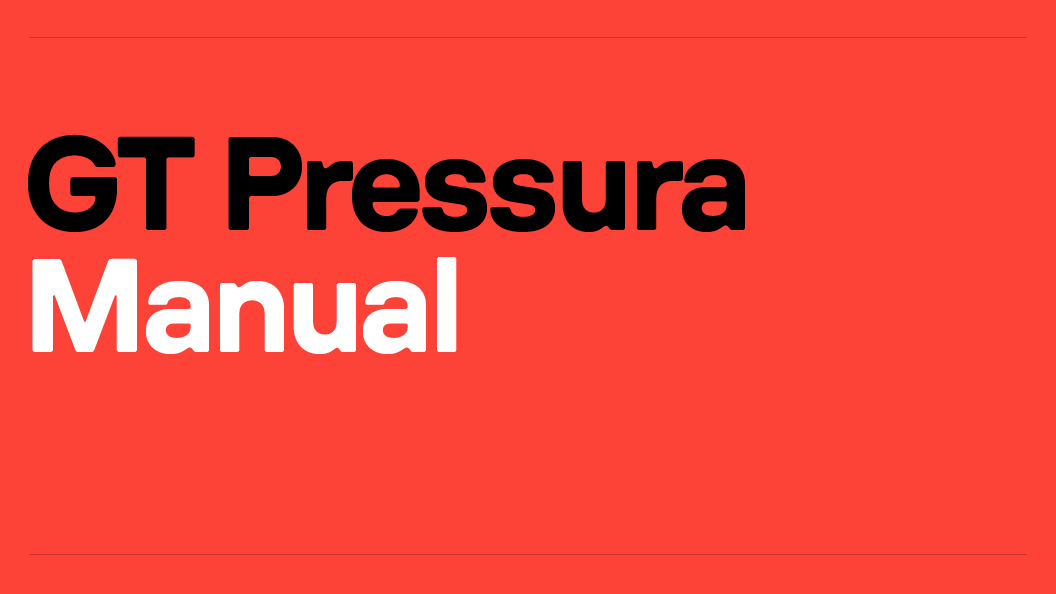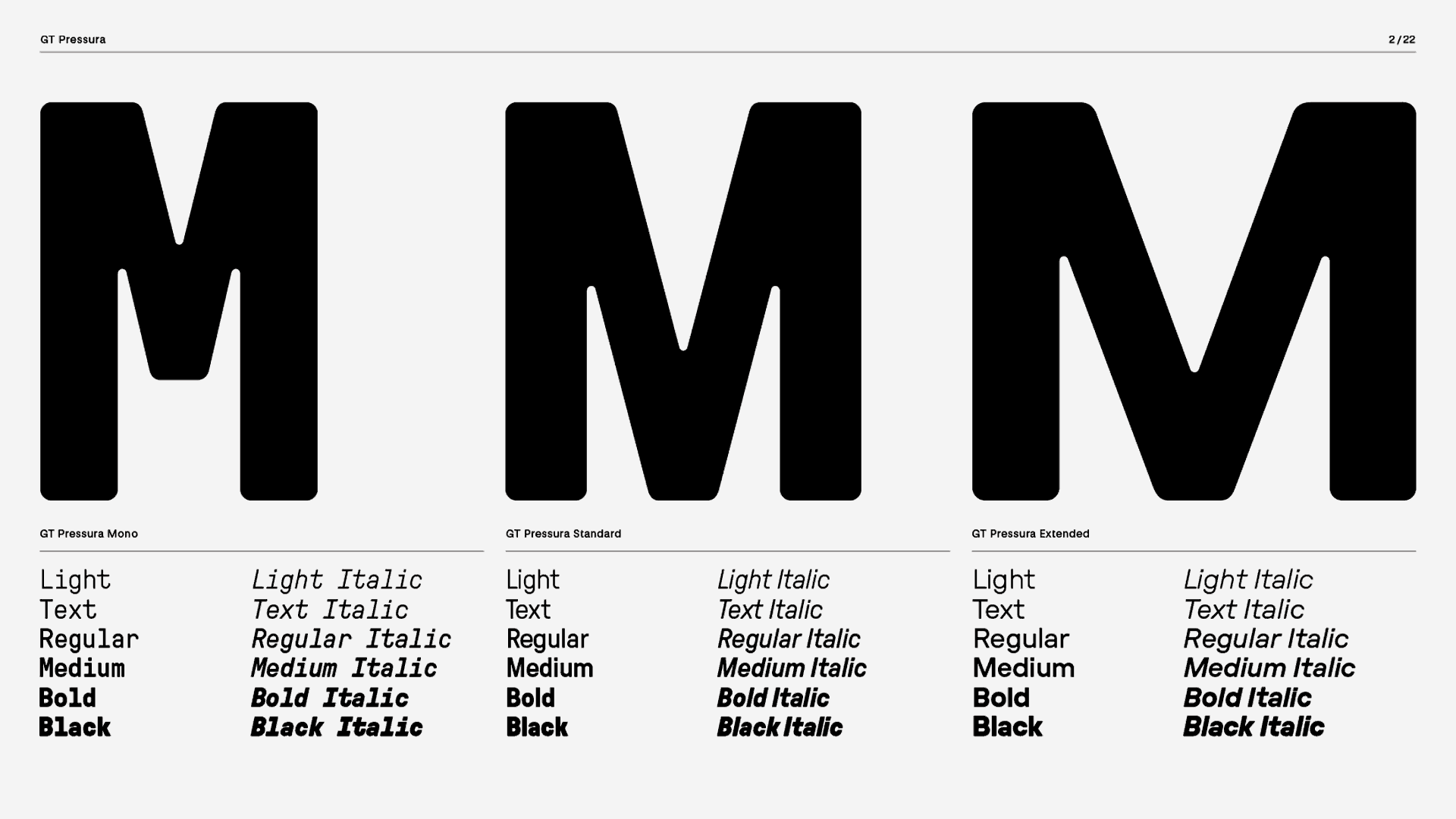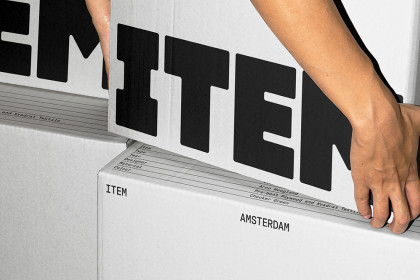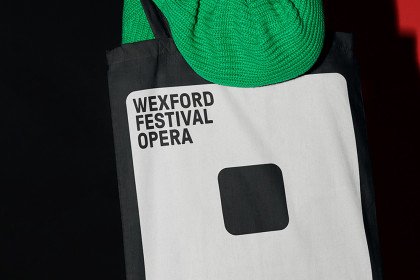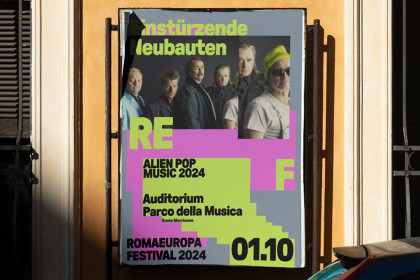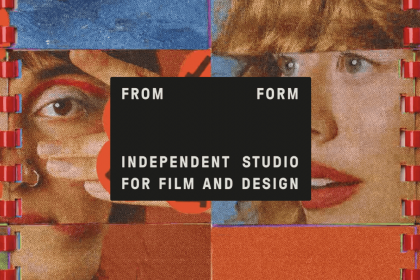GT Pressura
Family overview
- Standard
- Light Italic
- Text Italic
- Regular Italic
- Medium Italic
- Bold Italic
- Black Italic
- Mono
- Light Italic
- Text Italic
- Regular Italic
- Medium Italic
- Bold Italic
- Black Italic
- Extended
- Light Italic
- Text Italic
- Regular Italic
- Medium Italic
- Bold Italic
- Black Italic
Subfamilies
- Standard Light20' Standard Steel, 28,300 kg, 20'×8'×8'6", 33m3
- Standard Light ItalicSplits a family in two
- Standard TextIntermodal containers exist in many types and a number of standardized sizes, but ninety percent of the global container fleet are so-called "dry freight
- Standard Text ItalicThe Liverpool and Manchester Railway in the United Kingdom was one of these. "Simple rectangular timber boxes
- Standard RegularEconomy Storage File Boxes With LID S-4153 Letter/Legal 15 x 12 x 10" $.95
- Standard Regular ItalicNgười vận tải, hay người chuyên chở (carrier): vận chuyển hàng từ điểm giao đến điểm nhận theo hợp đồng vận chuyển.
- Standard MediumΤα πλοία που μεταφέρουν έτοιμα συσκευασμένα φορτία σε τέτοιες κατασκευές ονομάζονται επίσημα εμπορευματοκιβωτιοφόρα συνηθίζεται όμως αντ' αυτού ο αγγλικός όρος κοντέινερ σιπ ως περισσότερο εύχρηστος.
- Standard Medium Italic20' Standard Steel, 28,300 kg, 20'×8'×8'6", 33m3
- Standard BoldPressing down on you
- Standard Bold ItalicThis system used roller containers for transport by rail, truck and ship, in various configurations up to 5,500 kg (12,100 lb) capacity, and up to 3.1 by 2.3 by 2 metres (10 ft 2 in × 7 ft 6 1⁄2 in × 6 ft 6 3⁄4 in) in size.
- Standard BlackUnder the supervision of Tantlinger, a new 35 ft (10.67 m) x 8 ft (2.44 m) x 8 ft 6 in (2.59 m) Sea-Land container was developed, the length determined by the maximum length of trailers then allowed on Pennsylvanian highways.
- Standard Black ItalicCryogenic Liquid, Help prevent contact with cryogenic liquids! These substances can cause serious damage to the eyes or your skin or can cause frostbite injuries.
- Settings
Typeface information
GT Pressura is inspired by metal type printing history as well as engineered letters stamped onto shipping boxes. It uses the visual gesture of ink spreading under pressure as a stylistic device, offering an alternative to more spindly typefaces of the digital age.
Typeface features
OpenType features enable smart typography. You can use these features in most Desktop applications, on the web, and in your mobile apps. Each typeface contains different features. Below are the most important features included in GT Pressura’s fonts:
- TNUM
- Tabular Figures
13.07.2048
- SS01
- Alternate a
React
- CASE
- Case sensitive forms
¿TE GUSTA?
Typeface Minisite
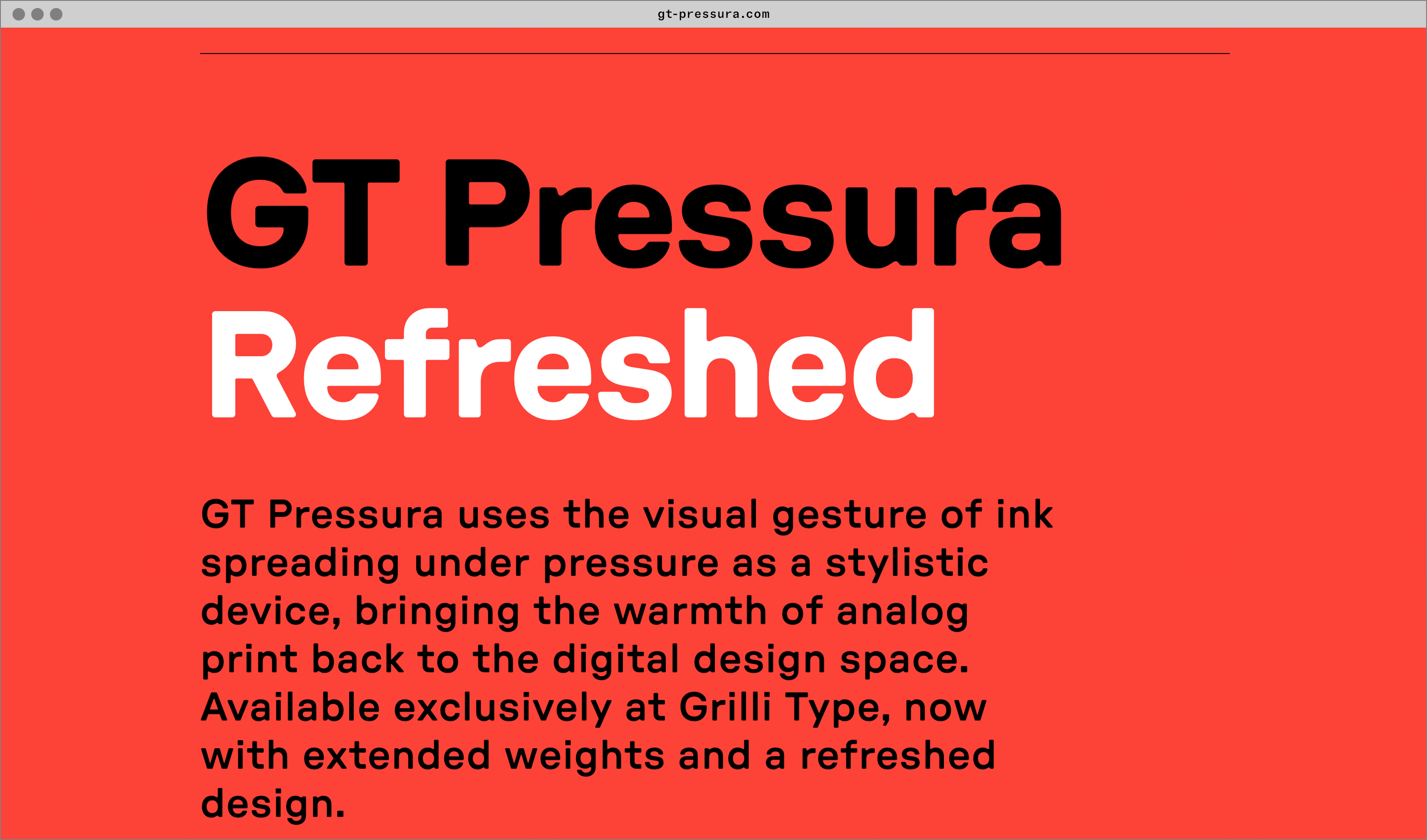
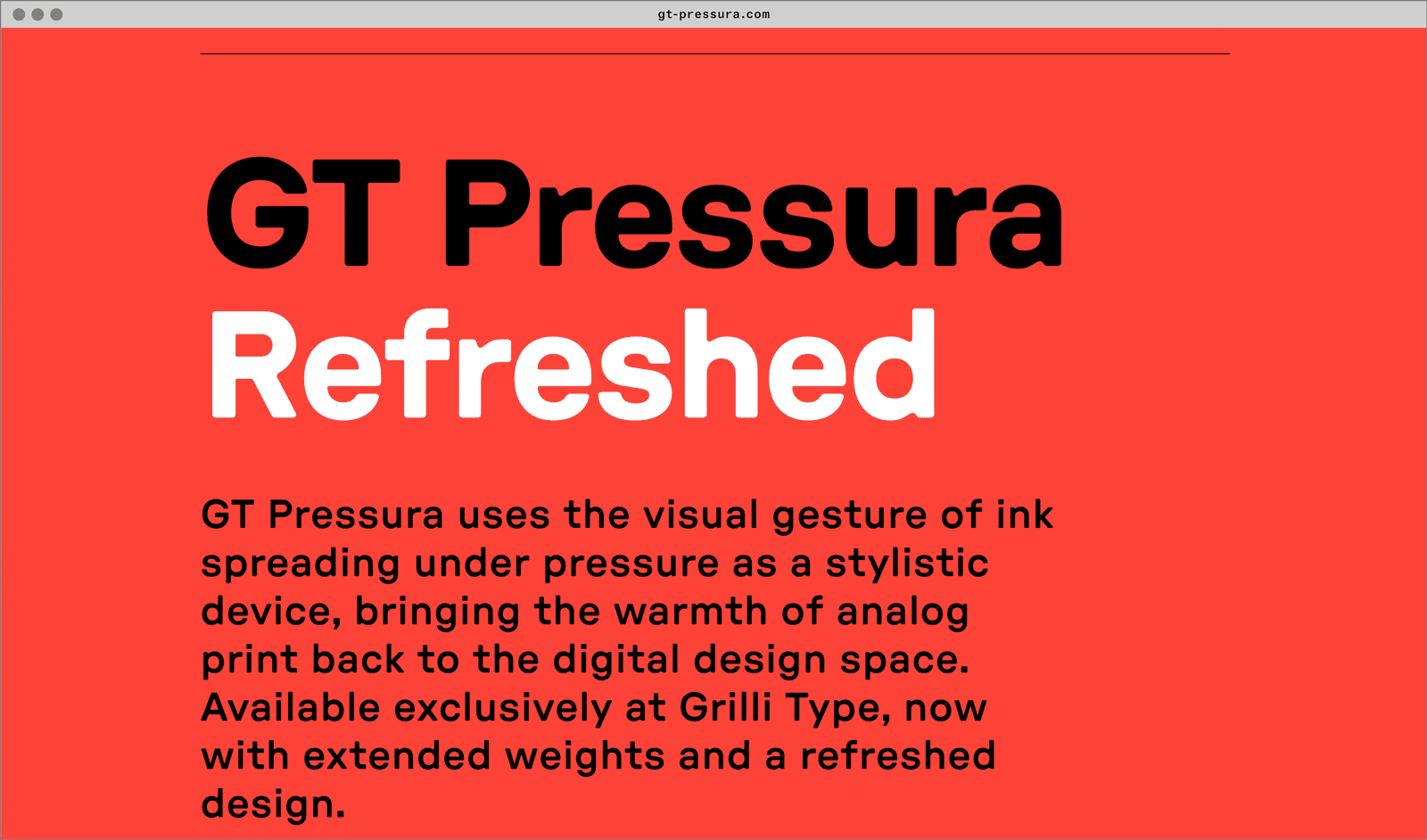
- Visit the GT Pressura minisite to discover more about the typeface family’s history and design concept.
GT Pressura in use
